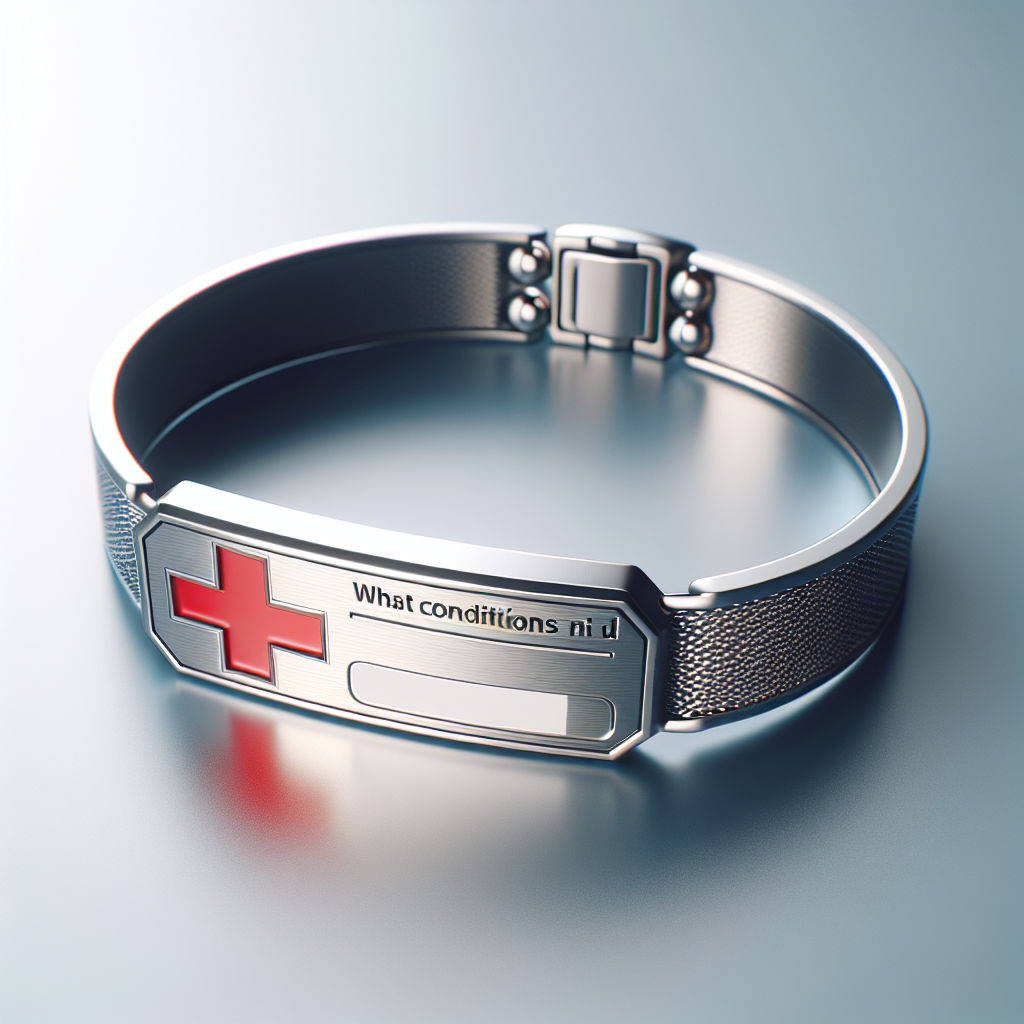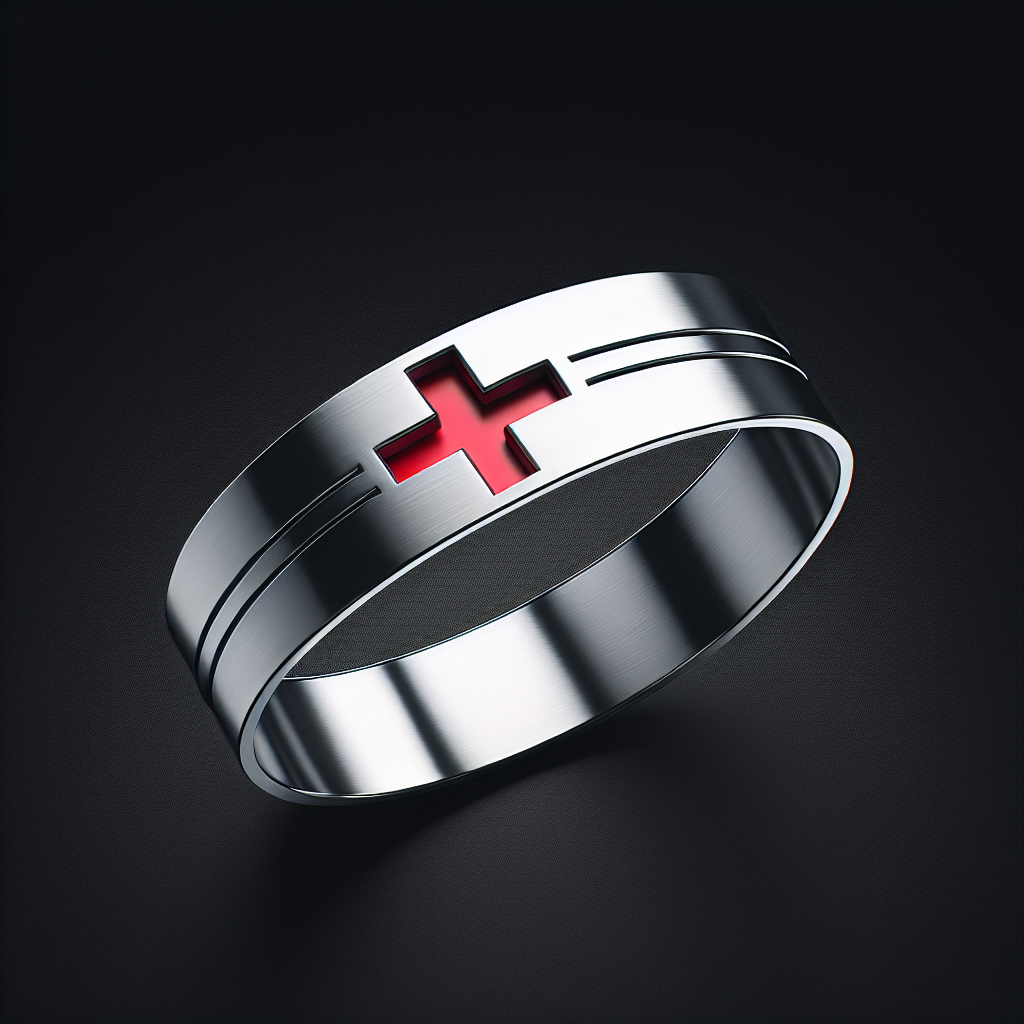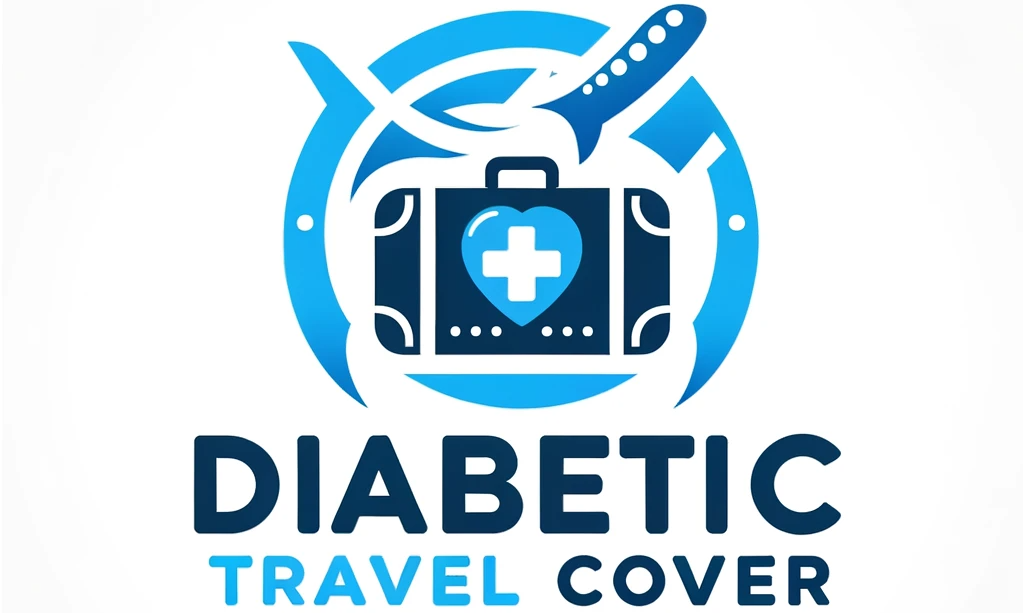Imagine needing urgent medical attention and being unable to communicate your medical history to the medical professionals trying to help you. That’s where a medical ID comes in. A medical ID is a simple yet essential accessory that can potentially save your life. But what conditions should you include on your medical ID? In this article, we will explore the importance of a medical ID and provide you with valuable insights on what medical conditions you should consider adding to your own. So, let’s get started and ensure your health and safety are always a top priority.

Introduction
In a world where emergencies can happen at any time, it’s crucial to be prepared and ensure your health information is easily accessible to medical professionals. One way to achieve this is by wearing a medical ID. A medical ID is a piece of jewelry or accessory that contains essential information about your medical conditions, medications, and other important details that could potentially save your life in an emergency situation. In this comprehensive article, we will explore the basics of medical IDs, the importance of wearing one, the different types available, and the crucial information that should be included.
1. Medical ID Basics
1.1 Purpose of a Medical ID
The primary purpose of a medical ID is to provide first responders and healthcare professionals with critical information about your medical conditions, allergies, medications, and any special instructions. This information helps them make informed decisions in emergencies and ensures that you receive appropriate care. Medical IDs are especially important for individuals who may not be able to communicate their medical history, such as those with cognitive impairments, language barriers, or unconsciousness.
1.2 Importance of Wearing a Medical ID
Wearing a medical ID can be life-saving in emergency situations. When every second counts, medical professionals need immediate access to accurate information to provide appropriate treatment. A medical ID eliminates the need for guesswork and reduces the risk of errors, potentially saving valuable time and ensuring that you receive the right care without delay.
1.3 Different Types of Medical IDs
Medical IDs come in various forms, allowing you to choose one that suits your preferences and style. Some common types include bracelets, necklaces, anklets, and keychains. Additionally, there are also options available as smartwatches or other wearable technology that can store your medical information digitally. It’s important to select a type that you are comfortable wearing at all times, as the effectiveness of a medical ID relies on its constant presence.
2. Essential Information
When it comes to providing essential information on your medical ID, there are a few key details that should always be included.
2.1 Personal Information
Your medical ID should contain your full name, date of birth, and a recent photograph. This information helps identify the person wearing the ID and ensures accuracy in the medical records. Including your address or social security number is unnecessary and potentially risky, as this information could be misused if your medical ID is lost or stolen.
2.2 Emergency Contact Details
In case of an emergency, it’s crucial to have your emergency contact details readily available. Include the names and phone numbers of at least two emergency contacts who should be notified in case of any medical situation. Ensure that these contacts are people who are aware of your medical conditions, able to provide necessary information, and authorized to make decisions on your behalf if required.
3. Medical Conditions
Including information about your medical conditions on your medical ID is highly recommended, as it informs medical professionals about specific issues they need to be aware of during treatment.
3.1 Chronic Diseases
If you have any chronic medical conditions, such as diabetes, epilepsy, asthma, or heart disease, it’s important to clearly indicate them on your medical ID. This information can help medical professionals tailor their approach and make informed decisions based on your condition.
3.2 Allergies and Sensitivities
A crucial piece of information to include on your medical ID is any known allergies or sensitivities you may have. This includes allergies to medications, foods, insect bites, or other substances. Communicating this information promptly can prevent adverse reactions and ensure appropriate treatment.
3.3 Mental Health Conditions
Mental health conditions can have a significant impact on your overall well-being and may require specific considerations during medical emergencies. If you have any mental health conditions, such as depression, anxiety, or bipolar disorder, it’s important to include them on your medical ID. This can help medical professionals tailor their care approach and provide appropriate support.

4. Medications
Including information about your medications on your medical ID is crucial for accurate and safe treatment during emergencies.
4.1 Prescription Medications
List any prescription medications you take regularly on your medical ID. Include the name of the medication, dosage, frequency, and any special instructions. This ensures that medical professionals are aware of the medications you rely on and can avoid any potential drug interactions or complications.
4.2 Over-the-Counter Medications
Even over-the-counter medications can have an impact on your health, especially if taken in combination with other medications. Include any regular over-the-counter medications you take, such as pain relievers or antihistamines. While it might not be possible to list every occasional medication you take, highlighting any significant ones can still provide valuable information to medical professionals.
4.3 Dosages and Instructions
In addition to listing your medications, it’s essential to include specific dosages and any special instructions regarding their administration. This information ensures that medical professionals can provide accurate and safe treatment, especially if you are unable to communicate orally.
5. Medical Devices
If you rely on any medical devices or equipment, it’s important to indicate this on your medical ID.
5.1 Implanted Devices
If you have any implanted devices, such as pacemakers, defibrillators, or joint replacements, it’s crucial to mention them on your medical ID. This information alerts medical professionals about potential limitations or precautions they need to consider during treatment.
5.2 Assisted Breathing Devices
If you require assisted breathing devices, such as a CPAP machine or oxygen tank, it’s important to include this information on your medical ID. This ensures that medical professionals are aware of your specific needs and can provide appropriate support as needed.
5.3 Insulin Pumps or Glucose Monitors
For individuals with diabetes, including information about insulin pumps or glucose monitors is vital on a medical ID. This information alerts medical professionals to potential fluctuations in blood sugar levels and the necessary steps to manage it effectively.

6. Special Instructions
Certain special instructions or preferences should be communicated through a medical ID.
6.1 Blood Type or RH Factor
Knowing your blood type or RH factor can be crucial in situations where blood transfusions are necessary. Including this information on your medical ID can help medical professionals provide the appropriate blood type in case of emergency.
6.2 Organ Donor Status
If you are an organ donor, it’s important to indicate this on your medical ID. This information can help medical professionals facilitate the organ donation process promptly, following your wishes.
6.3 Consent for Medical Procedures
If you have any specific wishes or restrictions regarding medical procedures, it’s important to include them on your medical ID. This ensures your preferences are known and respected, even in emergency situations. Examples may include religious or cultural considerations around certain medical procedures.
7. Language or Communication Needs
In a diverse and multicultural society, it’s important to consider language and communication needs during emergencies.
7.1 Non-English Speaking Individuals
If you do not speak English fluently, including the languages you can communicate in on your medical ID is crucial. This information helps medical professionals ensure effective communication and avoid misunderstandings, ensuring you receive optimum care.
7.2 Communication Disorders
If you have a communication disorder, such as aphasia or stuttering, it’s important to include this information on your medical ID. This enables medical professionals to adapt their approach and communicate effectively with you during emergencies.
7.3 Alternative Communication Methods
If you rely on alternative communication methods, such as sign language, picture boards, or assistive technology, it’s crucial to indicate this on your medical ID. This information allows medical professionals to understand and accommodate your specific communication needs.

8. Physical Limitations or Requirements
If you have any physical limitations or requirements, it’s essential to communicate them clearly on your medical ID.
8.1 Mobility Limitations
If you have mobility limitations and require specific accommodations, include this information on your medical ID. Examples may include the need for a wheelchair, walker, or any other assistive devices that aid in mobility.
8.2 Visual or Hearing Impairments
For individuals with visual or hearing impairments, it’s crucial to include this information on your medical ID. This ensures that medical professionals can provide appropriate support, such as providing visual aids or communicating through sign language interpreters.
8.3 Accessibility Needs
If you have any specific accessibility needs, such as the requirement for a service animal or sensitivity to certain environmental factors, including this information on your medical ID is important. This information allows medical professionals to provide an environment that accommodates your needs during emergencies.
10. Religious or Cultural Considerations
Religious and cultural beliefs can significantly impact healthcare decisions and treatment preferences. It’s important to consider these aspects when creating your medical ID.
10.1 Dietary Restrictions
If you have dietary restrictions based on religious or cultural beliefs, it’s essential to include this information on your medical ID. This ensures that medical professionals can provide suitable food options and respect your dietary needs during hospital stays or emergencies.
10.2 Faith-based Medical Approaches
If your faith involves specific medical practices or approaches, it’s important to indicate this on your medical ID. This allows medical professionals to consider your religious preferences when providing treatment options.
10.3 Religious Accommodations
Certain religious accommodations may be necessary during medical emergencies. If there are any specific religious practices, rituals, or requirements that need to be considered during any medical procedures, it’s essential to include them on your medical ID.
With this comprehensive guide, you now know the importance of wearing a medical ID and the crucial information to include. By being proactive and wearing a medical ID, you can ensure that medical professionals have the necessary details to provide appropriate care during emergencies. Remember, your health is invaluable, and being prepared can make all the difference in any unexpected situation. Stay safe, stay informed, and wear your medical ID proudly!


